By Cassy Dorff for Denver Dialogues

This blog post includes sensitive material on violence between young children.
I recently read a haunting story of 5 Mexican children who tortured and killed a 6-year old boy. The group of kids had invited the young boy, Christopher Raymundo Márquez Mora, to play a game together. In the end, the “kidnapping game” led to a brutal murder scene leaving Mora beaten, strangled, and buried.
A 2013 report by the Mexican parliament’s public safety committee concluded that 30,000 minors were involved in crimes ranging from extortion to murder. If arrested, these minors are often subsequently targeted and killed by potential cartel associates after their release. Killing of children, however, is not unique to those with possible criminal associations. Sadly, the indiscriminate targeting of children has also increased within the Mexican drug war. The trend of killing children in conflict zones was noted more broadly by the 2014 New Yorker piece, which stated:
“In 1994, on the eve of Rwanda’s genocide, Radio Mille Collines, in Kigali, incited listeners with a venomous message: ‘To kill the big rats, you have to kill the little rats.’ It was a veiled command to murder the youngest generation of Tutsis, the country’s minority tribe… The Rwandan slaughter was not unique. The specific targeting of children is one of the grimmest new developments in the way conflicts have been waged over the past fifty years.”
When we think about war, we often think of women and children as victims who must hide or flee from the violence around them. Stories like that of Mora’s death, however, raise the question of how violence affects the well-being, psychological health and decision-making capabilities of youth; if the boundaries of “normal” behavior become blurred, obscured by having lived each day near shootings, beatings, and other forms of human-to-human violence. It is intuitive that protracted violence deeply affects behavior, especially the behavior of young, developing children. But the term “behavior” is, admittedly, a broad net to cast if we are interested in understanding the relationship between violence and large-scale social change. One important behavior of interest is societal engagement, specifically that of political resistance efforts. If we believe that youth are often the first to mobilize (either violently or nonviolently) [1], how does direct and repeated exposure to violence in early childhood affect the propensity to engage with violence—either as a child or as an adult? An important political science literature investigates the role of child soldiers and other forms of youth combatants in conflict (see Singer’s Children at War, Blattman and Annan’s “The Consequences of Child Soldiering,” or psychiatric work on wartime trauma for children), but our understanding of how violence affects children and, in turn, how children might then affect the environment around them through a broad spectrum of mechanisms, is a complicated and often underdiscussed component of war.
For those interested in brainstorming how systematic studies addressing these issues might be arranged, a useful starting point is to investigate NGOs currently working in this area. Several non-governmental organizations directly serve children of war and potentially offer an important avenue for evaluating the traumatic effects of violence on children’s mental health and future engagements with society. One example is War Child International, a network of humanitarian organizations with engagement in regions including Burundi, Chechyna, Uganda, Iraq and Sri Lanka. They have a wide range of projects to serve youth. I particularly found this short survey of interest, which asks 180 children in Iraq what they are most afraid of. These surveys also include short summaries of individual cases, and discuss how social workers from their organization support youth in transition.
In short, we know that children have agency to influence the world around them, but uncovering how this agency is shaped after years of living in and around conflict is an important theoretical and empirical task.
[1] Empirical support for the average age of a protestor or member of violent resistance groups varies. For the sake of time, let us assume conventional wisdom suggests youth and young adults are the most likely to join resistance movements. For a quick overview of the average age of an Occupy protester (26 years) see Mike Konzcal’s review here.

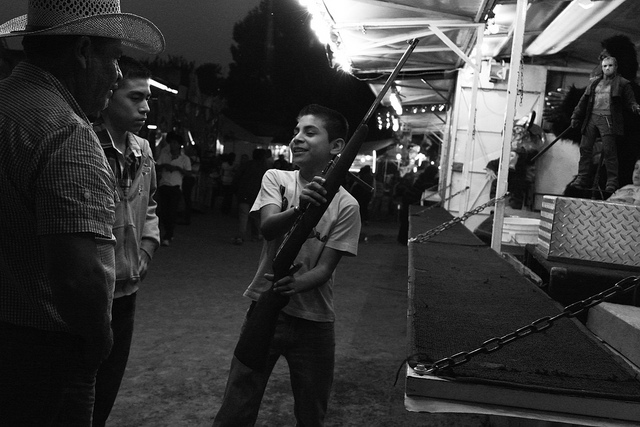
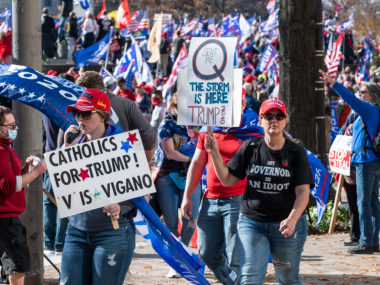
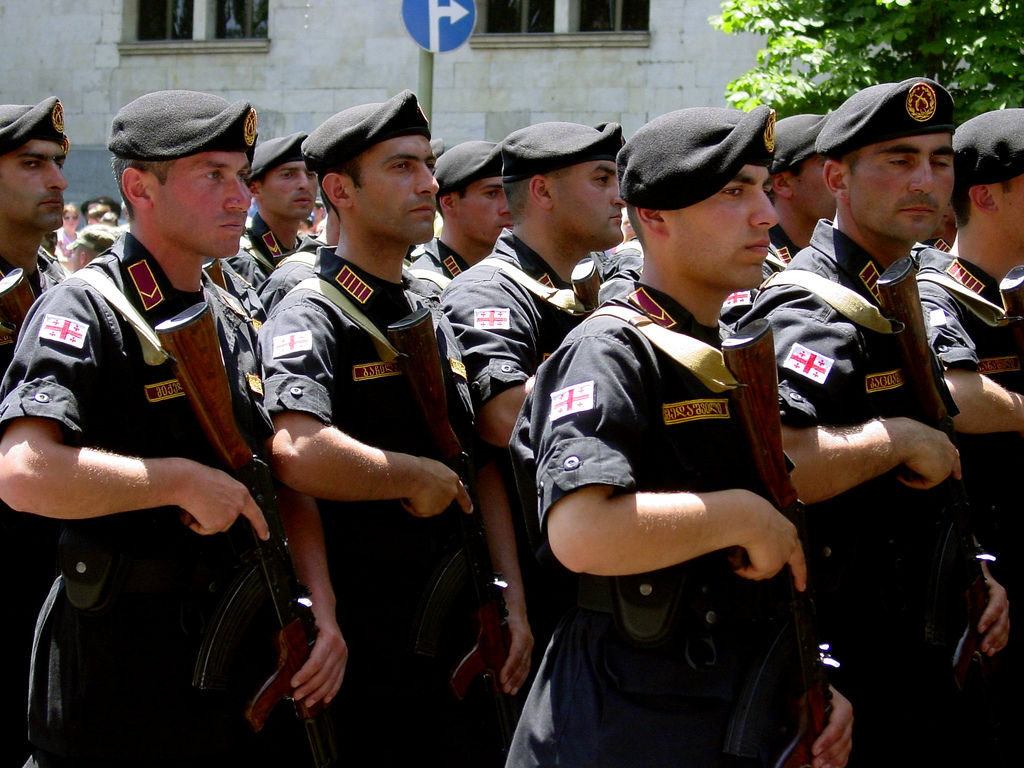
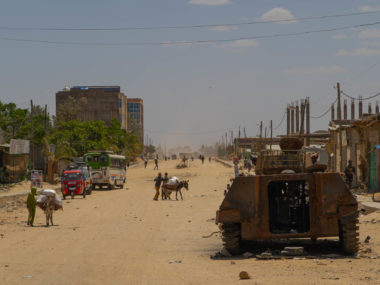

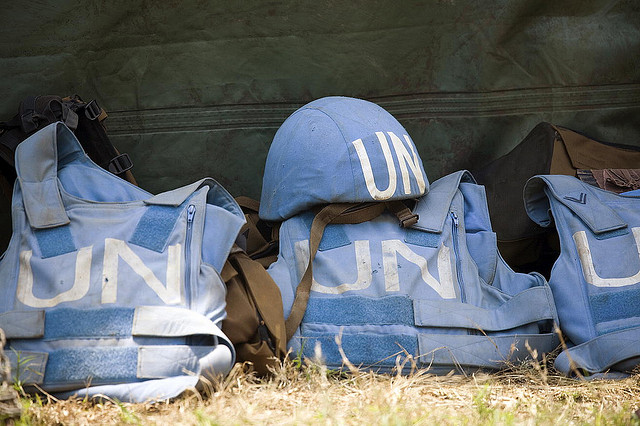
2 comments
Reblogged this on SoS2003set.